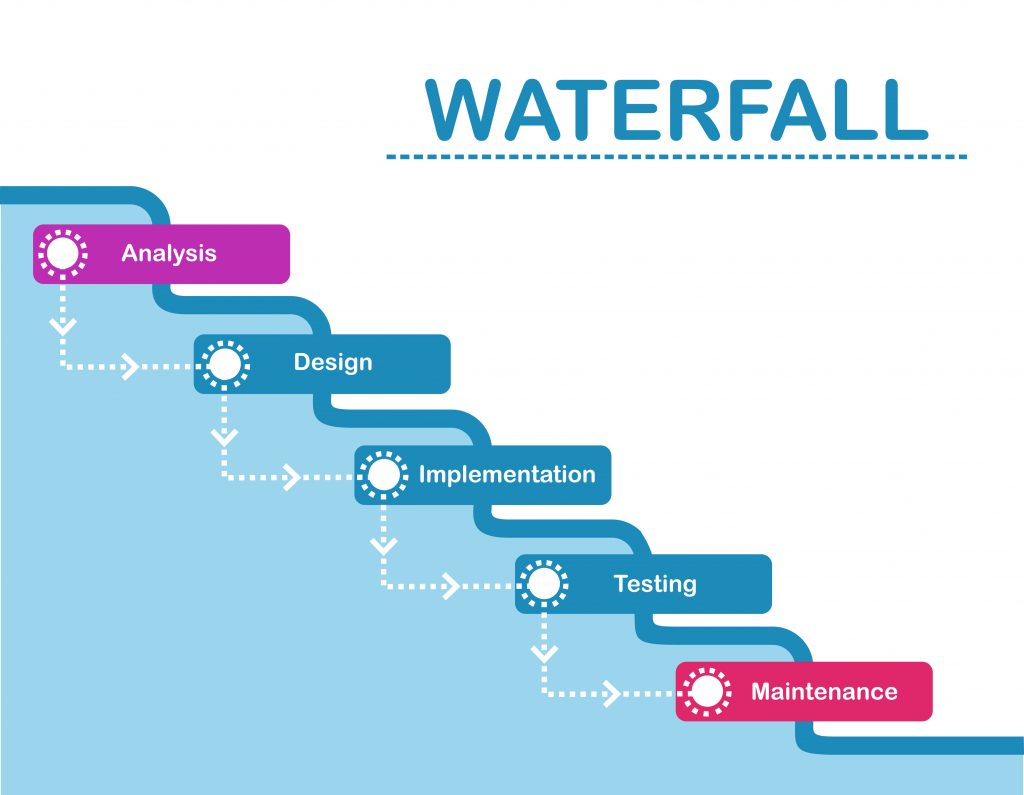About
-

Agile vs Waterfall: What’s the Difference in 2024?
Key takeaways Agile vs. Waterfall: What are the similarities and differences? The fundamental difference between Agile and Waterfall lies in their approaches to project management. Agile is about adaptability and iterative progress, while Waterfall is a linear, phase-by-phase approach. Agile allows for changes along the way, while Waterfall is largely set in stone once started.…
-

Monday.com Project Management 101
Key takeaways Using monday.com for project management Learn more about monday.com in our video below: Create project boards A project board on monday.com is a customizable workspace that organizes tasks, workflows, and collaboration for a specific project. It consists of items, subitems, groups, and columns, allowing teams to track progress, manage details, and visualize the…
-

What Is Scrum?
Key takeaways Scrum definition Scrum is an agile project management framework that focuses on adaptability and teamwork. The Project Management Institute defines Scrum as “a framework that helps teams to deliver valued products iteratively and incrementally, while continually inspecting and adapting the process.” It’s designed to manage complex projects by breaking them down into smaller,…
-

What Is Scrumban?
Key takeaways The Scrumban methodology Scrumban is a clever combination of Scrum and Kanban methodologies. Initially, it emerged as a transitional step for teams moving from Scrum to Kanban. However, it soon became apparent that Scrumban could stand independently and that it offered unique advantages. It caters to teams looking for a pull-based system, as…
-

The 7 Steps to Successful Project Kickoff Meetings
Key takeaways What is a project kickoff meeting? A project kickoff meeting is the inaugural huddle where the project’s journey officially begins. It’s the gathering that brings together the project team, stakeholders, and sometimes even clients. This meeting serves a composite role: the platform where the project’s objectives are laid out, roles are defined, and…
-

What is Project Planning & How to Create an Effective Plan
Key takeaways: Project planning is the process of constructing a comprehensive and detailed plan that outlines the necessary steps, resources, and timeline to achieve a project’s objectives. It involves identifying the project’s scope, setting goals, and establishing a budget. Project planning is essential for effective project management, providing a roadmap for the entire project lifecycle.…
-

The 5 Phases of Project Management
What are the five phases of project management? Project management is the art of planning, executing, and overseeing a project from beginning through completion, ensuring it meets goals and success criteria. It’s a systematic approach that ensures efficiency and effectiveness in achieving objectives. Interestingly, this multifaceted discipline is divided into five distinct phases, outlined below,…
-

What is Project Scope Management?
Key takeaways What is project scope management? Project scope management is the practice of enforcing the boundaries, expectations, and success criteria you established in the project plan. It relies on a clear project scope statement that has stakeholder buy-in. What is a project scope statement? The scope statement is the north star of scope management.…
-

What Is Waterfall Project Management?
Key takeaways Waterfall project management definition Waterfall project management is a methodology characterized by a linear and sequential design process. This approach is akin to a cascading waterfall, hence its name, where each project phase cascades into the next. The methodology is structured so that each project stage must be completed before the next one…
-

Top 5 Types of Project Management Methodologies
Key takeaways What is a project management methodology? A project management methodology is a set of guiding principles and processes for effectively planning, executing, and overseeing projects. PM methodologies can vary widely, depending on the nature of the project and the industry. They can range from traditional, linear approaches to more flexible and iterative frameworks.…
-

How to Create a Project Status Report [Template & Examples]
Key takeaways What is a project status report? A project status report is a summary of a project’s progress. This report also highlights the project’s key achievements. It outlines the challenges faced and defines the steps ahead. A project status report is critical for informing all stakeholders about the project’s health. It updates everyone on…
-

Asana vs. Basecamp: A Head-to-Head Comparison (2024)
Key takeaways Asana vs. Basecamp: Which is better? Asana Basecamp Task Management Robust, with subtasks Simple to-do lists Automation Rules and triggers available Limited automation Collaboration Team chats, file sharing Message boards, file sharing Scalability Scales with team size Best for small to medium-sized teams Pricing Free tier, then starts at $10.99/user/month Flat rate option…
-

What Is Kanban?
Key takeaways Kanban definition Kanban, a term that translates to “signboard” or “billboard” in Japanese, is deeply rooted in the Toyota Production System, a precursor to lean manufacturing. It was initially conceived as a scheduling system aimed at optimizing workflow and inventory at each stage of the manufacturing process. The essence of Kanban within this…
-

What Is a Feasibility Study: Step-by-Step Guide
Key takeaways What is a feasibility study? A feasibility study is an analytical tool used to evaluate the practicality of a proposed project or business idea. It assesses various factors such as financial viability, technical requirements, legal constraints, and market demand. The study aims to answer the question “Are the goals of this project realistically…
-

What Are Project Stakeholders? What They Do & Why They Matter
Key takeaways What are project stakeholders? Project stakeholders are individuals or organizations with a vested interest in a project’s outcome. According to the Project Management Institute, stakeholders are those who stand to gain or lose something based on the project’s performance. These stakeholders can be internal, such as team members and executives, or external, like…
Join 250,000 Daily Tech Insider readers in getting the latest industry-leading tech news and top resources.